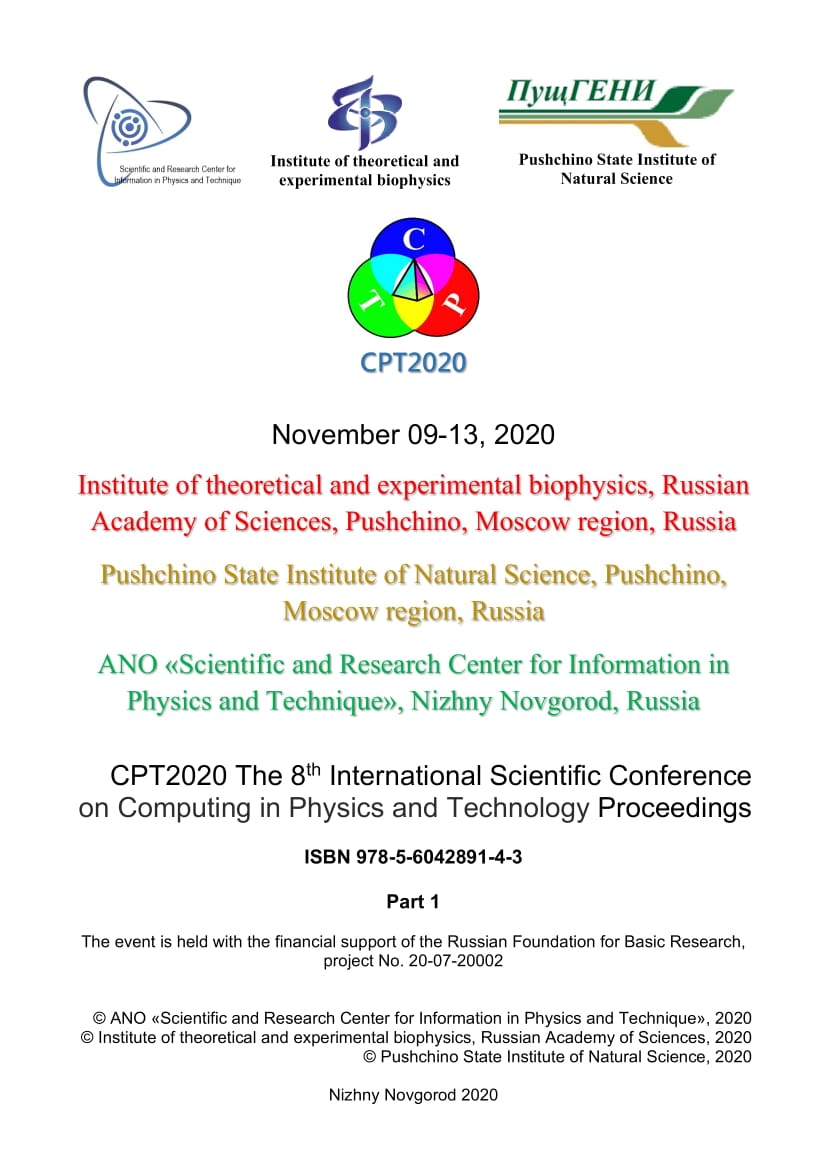BISAC MAT013000 Graphic Methods
The article considers the issue of different approaches to assessing the transfer of geometric models of assembly units between different professional software environments of different vendors. A model for calculating the metric of the volume of data loss and the calculation of the relative volume of manual recovery of geometric models after their translation are considered. For evaluation, a hierarchical structure of the parameters of geometric models is used, as well as a graph of parameters, based on which structural weighting coefficients are calculated. Algorithms of the considered approaches are described, their differences are considered. The assembly unit of a machine-building unit was constructed in the Autodesk Inventor Professional software product. Based on the parameters of the obtained geometric model, the corresponding parameter graphs were constructed and calculations were made for each proposed approach to data translation. The model was exported and the resulting files were analyzed. Weights were calculated that reflect expert preferences and structural features and are determined in accordance with the theory of rational choice. The assembly model was translated into the KOMPAS-3D geometric modeling environment. Based on the data obtained in different formats, an analysis was made and parameter distortion coefficients were obtained and the relative amount of parameter data losses was estimated when transferring the geometric model from the professional software environment Autodesk Inventor Professional to the KOMPAS-3D environment. Conclusions are made and recommendations are given on the possibility of applying the component approach to the translation of geometric models in professional software environments.
geometric model, data translation, component approach, metric, parameter graph, structural weight
1. Filinskikh A.D., Byasherov A.Kh. Analysis of the transmission of parametric and graphical information based on experimental data // Herald of Belgorod State Technical University n.a. V.G. Shukhova. 2012 № 2 P. 164-166.
2. Zakharova, A., Shklyar, A. Basic principles of data visual models construction, by the example of interactive systems for 3D visualization (2014) Scientific Visualization, 6 (2), pp. 62-73.
3. Zakharova, A.A., Shklyar, A.V., Rizen, Y.S. Measurable features of visualization task (2016) Scientific Visualization, 8 (1), pp. 95-107.
4. Raikin L.I. and others. About information exchange between CAD systems // Information Technology in Design and Production. 2015 № 3 (159). P. 65-72.
5. Filinskikh A.D., Merzlyakov I.N. Assessment of geometric models based on the structure of their parameters // Information measuring and control systems. 2015 T. 13, № 3 P. 69-74.
6. Filinskikh A.D., Raikin L.I. Functionally oriented evaluation of the transfer and restoration of geometric models // Herald of Belgorod State Technical University n.a. V.G. Shukhova. 2014 № 4 P. 176-179.
7. Filinskikh A.D., Zarubin I.B. Methodology for assessing the completeness of regression testing with normalization by weight coefficients // Works of Nizhny Novgorod State Technical University n.a. R.E. Alekseev. 2019 № 4 (127). P. 9-16.
8. Petrovsky A.B. Ordering and classification of objects with conflicting attributes // Artificial Intelligence News. 2003 № 4 P. 34-43.
9. Filinskikh A.D., Sosnina O.A., Boytyakov A.A. Hierarchical space of geometric model parameters. // Herald of Belgorod State Technical University n.a. V.G. Shukhova. 2015 № 2 P. 131-135.
10. Mikoni S.V. Theory and practice of rational choice: Monograph. M.: Route, 2004 463 p.





